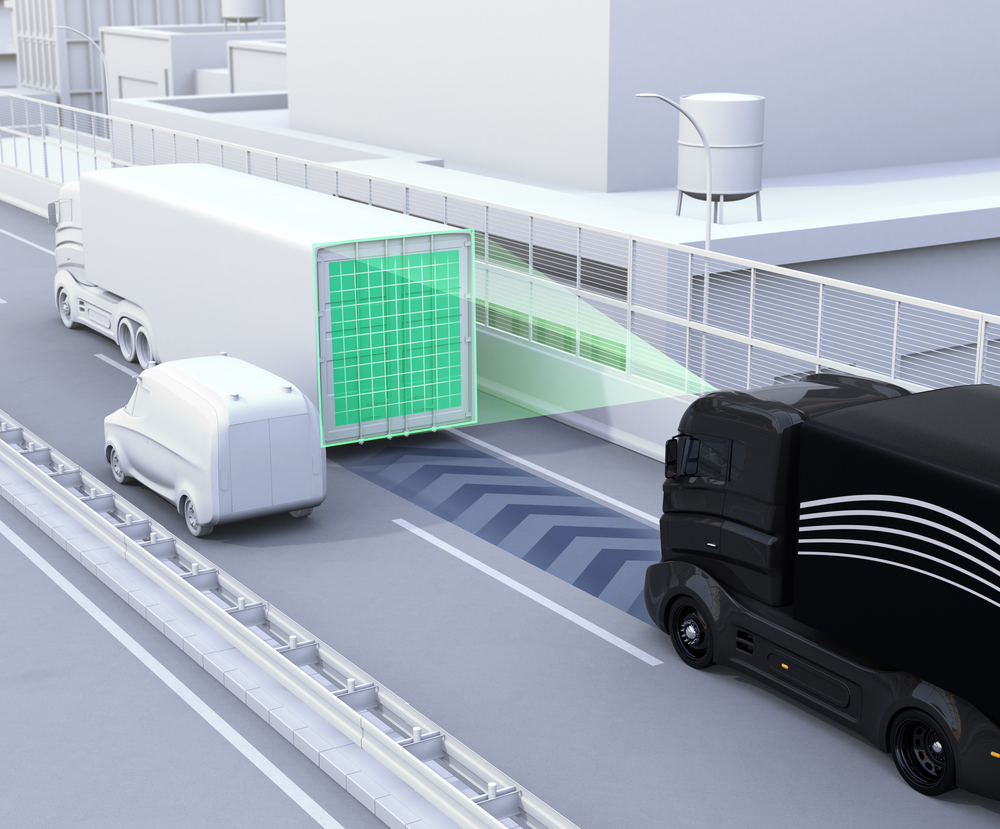Volvo Increased Profits Despite Falling Demand in US

Vehicle manufacturer, Volvo Group has beat profit forecasts even though demand in North America for the firmâs heavy vehicles continues to fall. The drop was predicated; the increase â perhaps less so. The firm had lowered its expectations with regards to North America for the third time this year after US vehicle orders dropped by 29% during the second financial quarter. Moreover, intake of orders for trucks on the whole fell by 8%, much more than the 1% predicted by financial analysts. Pessimistic outlook aside, the Swedish company revealed it has achieve a 10% operating profit for its core truck business, citing a recent cost-cutting programme as instrumental. The impact of the SKr10bn cost-cutting programme â implemented by former top boss, Olof Persson â was evident as early as the second quarter, during which Volvo post reduced sales and yet, at the same time enjoy a profit hike of 2.5%. In fact, the company managed to achieve an operating margin of 7.8%, up from 7.1% in 2015. The appointment of Martin Lundstedt as CEO has been similarly lauded as crucial in Volvoâs growth. Lundsetdt came from rival truck manufacturer Scania and, during his time there, he played a key role in retain the vehicle makerâs record as one of the industryâs most lucrative. It should be highlighted that Volvoâs commendable profit does exclude a charge lodged against Volvo concerning price fixing. The vehicle manufacturer has put â¬650m aside to pay for the cartel investigation and settle what is thought will be a record fine in the EU. Demand for trucks in Europe remains strong and consistent, and continues to prevent Volvo feeling the hit which its North American and construction equipment businesses have taken in recent times. Others, such as Daimler, whose primary business is truck manufacture in North America, are reported to have suffered more acutely; analysts warn that reduced profits are soon to be released elsewhere.
Trucks Safely Drive Themselves To Rotterdam With Driverless Tech

A total of six convoys of semi-automated, smart HGVs arrived safely at Rotterdam’s harbour last week after a European experiment in driverless automation went off without a hitch. Up until recently, the driverless technology has only been used on test tracks over fears to public safety. This month, however, the convoys were deemed fit for highway testing and, with a planned journey from Belgium to Rotterdam via some of Europeâs busiest roads, it was to be a leap of faith for the six participating manufacturers. Despite being some feat, the truck platooning was nevertheless a huge success with the convoys arriving at the port at around midday. The experiment follows the same technological principles as self-driving cars. One truck leads the convoy while the others follow one another at a close, pre-set distance via wireless connection. The leading truck thus determines both route and speed; if the platoon leader brakes, the trucks following it brake in succession. The practice of platooning has a number of distinct advantages over typical human conduction â not least it is considerably safer as it mitigates the risk of human error. Dutch Minister, Melanie Schultz also pointed out that driverless truck platoons have the potential to be much more efficient and more environmentally friendly. Wednesdayâs experiment is the first of its kind and marks the furthest distance successfully travelled by self-driving trucks. The fleet comprised vehicles from six of Europeâs leading HGV manufacturers: DAF, Daimler, Iveco, MAN, Scania and Volvo. Erik Jonnaert, President of ACEA, Europeâs largest automotive trade association, suggested that the success of the pioneering experiment was another step in the journey toward a completely automated automotive industry. He added that the concept could significantly improve traffic flow on the continentâs most congested highways. Of course, the ability to wirelessly connect trucks emerging from different manufactures should also be highlighted. Previously, vehicles produced by different manufacturers have struggled to communicate owing to varying technologies but that standardised link-up between vehicles, has proven successful. In order to ensure safety and override the automation technology should it fail, human drivers were still behind the wheel of the trucks. Even the most avid proponents of driverless technology admit that various problems with the automated systems need to be addressed before it can we rolled out worldwide. Back in March, Chancellor George Osborne expressed his support for driverless technology and confirmed plans to trial the technology at home in the UK. After the success of this pilot study, that reality surely gets ever closer.



